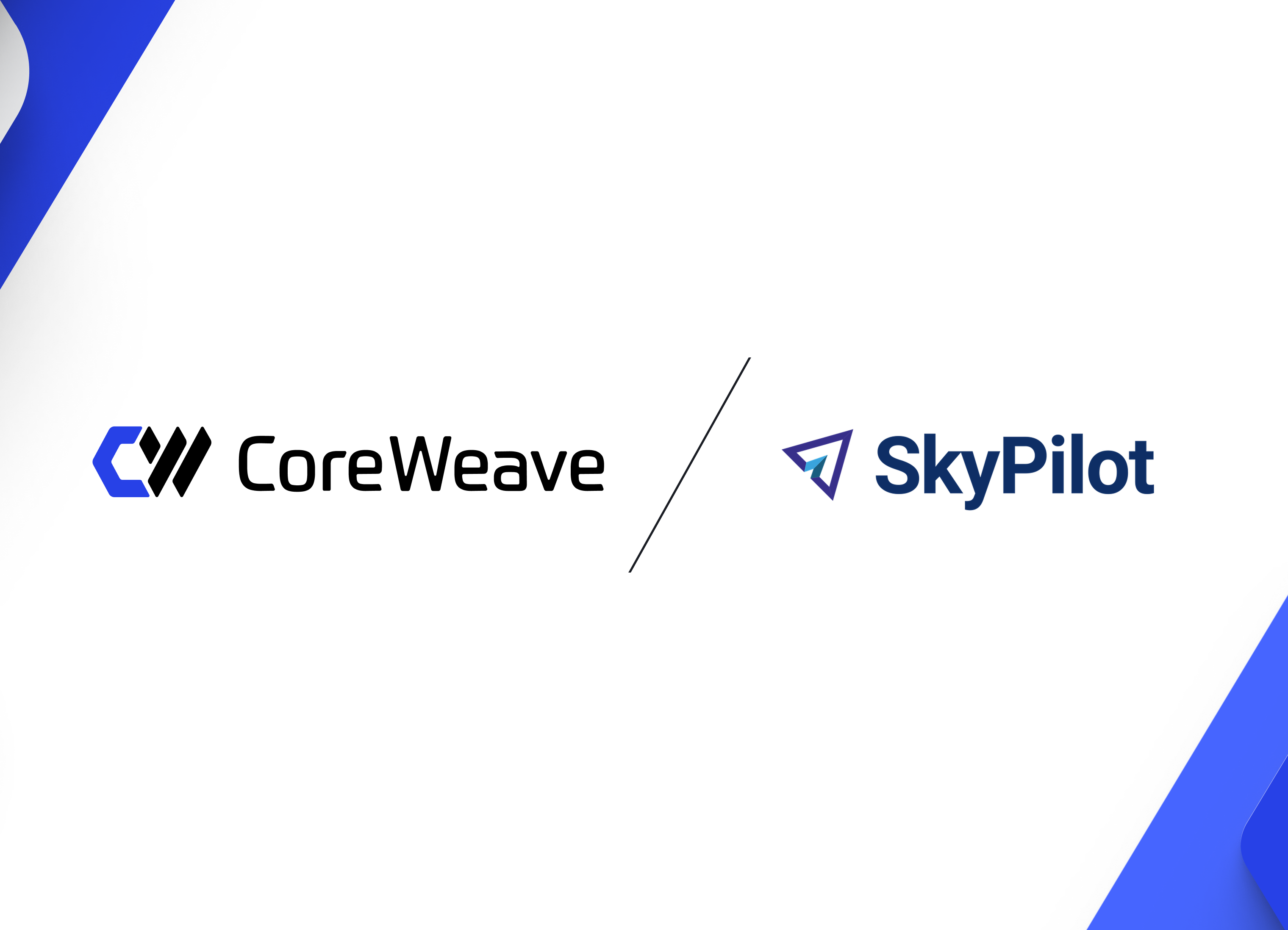Let’s be completely honest. A universal list of MLOps best practices isn’t too hard to find on the internet—especially in this AI boom. But a breakdown of MLOps best practices specifically for building AI clusters? That’s tougher to come by.
For AI engineering and development pros seeking to build highly performant, highly reliable AI training clusters, look no further. We’re breaking down the top four MLOps best practices specifically for AI clustering so your teams can:
- Reduce latency and inefficiencies.
- Increase resiliency and minimizing downtime—seriously saving on costs.
- Get to market in record time.
With these practices prioritized, your teams will be able to transform their goals and aspirations for AI models into an achievable reality.
1. Keep nodes working in lockstep with regular health checks.
Building training clusters is expensive enough as it is. Stanford reports global private investment in AI skyrocketed from $3 billion to $25 billion within a single year’s time. That’s largely because major players in AI need capital to train LLMs. However, shoddy node health can significantly increase the time it takes to train models and get to market. That means more resources spent inefficiently—more money down the drain.
As a result, MLOps programs need to ensure each and every node is working to its highest FLOP/s per dollar. If even a single node functions at a slightly lower performance threshold than the others, it can slow down the entire cluster. For big tech enterprises, that costs resources, money, and most importantly—time to market.
Regular node health checks are an essential part of machine learning model lifecycle management and overall MLOps best practices. They ensure all nodes are working together with equal speed and performance. These health checks should:
- Establish conditions defining whether or not a node is healthy.
- Specify thresholds for remediation.
- Determine the best health check frequency for each job.
In these cases, organizations can manage node lifecycles themselves with a dedicated team of engineers—or they can implement MLOps tools (or a platform) to assist them while saving on time, resources, and of course, costs. CoreWeave’s platform is purpose-built from the ground up for the largest, most modern AI workloads. Its Mission Control functionality—a suite of node lifecycle management capabilities—ensures the optimal setup and functionality of node hardware components through a streamlined workflow.
CoreWeave Mission Control can:
- Verify physical connections and hardware components.
- Update firmware to the latest versions.
- Manage verification tests.
This ensures hardware is correctly connected, up-to-date, and thoroughly tested for peak performance.
Learn more about what CoreWeave can do, or keep reading for more tips on MLOps best practices.
2. Enable continuous monitoring via model performance benchmarks.
AI training requires more than visibility into when nodes are failing. It also requires visibility into how nodes are functioning at the performance level. Here’s where a big MLOps buzzword comes in: observability.
Real observability entails real-time insights into model performance, data quality, and operational help. To gain observability, AI enterprises need solutions that enable continuous monitoring of the following key metrics:
- Node health
- Latency
- Resource utilization
With efficient continuous monitoring in place, AI teams can stay ahead of potentially job-failing errors. Proactive measures allow for rapid intervention before catastrophic failures—critical for saving not only the time it takes to train models well but also the money it takes to consistently access compute. Every second matters in the AI race, which makes minimizing any issues and getting to market ASAP paramount.
That’s why continuous monitoring practices should account for all types of failures, including:
- The obvious ones. For example, your model training job just stops working. It’ll be pretty clear that there’s a problem.
- The subtle ones. Such as when your model’s loss starts climbing due to GPU calculation errors or rounding errors. Issues like these may be difficult to track down.
- The silent but deadly ones. These are the issues that can make or break a training project. Your trained model works for sure—but just slightly worse than before. That eats away at time, resource efficiency, and most critically—money. It’s death by a thousand cuts.
Continuous monitoring also helps AI teams track and correlate various errors and discrepancies to job failures or poor performance, allowing developers and engineers to better identify (and remediate) root causes. CoreWeave Mission Control can help identify all those issues—and auto-remediate them. Our solution ensures nodes have proper metadata, including labels, annotations, and taints. It continuously monitors node conditions to determine if actions like reboots, drains, cordons, or marking nodes out of service are necessary, ensuring optimal node management and performance.
Ultimately, by integrating robust continuous monitoring practices into the MLOps lifecycle, AI teams can achieve greater agility, reliability, and efficiency in deploying, managing, and getting AI models to market at scale.
3. Implement fast and accurate data loading from disk to GPU (and vice versa).
Great AI model building depends on great telemetry. While checkpoints are essential and necessary, it’s a fact of life that they do require time to process. In an industry where every second counts, eating away at even a few moments of potential productivity can be costly. Enabling fast data loading is by no means easy. According to MIT, the average size of training datasets has exponentially increased by nearly tenfold over the past decade.
With more data to process than ever, checkpointing can turn into a serious training bottleneck. As such, AI teams need tools that enable fast number and calculation writing from GPU to disk, and vice versa, to populate the model and get started on work again. Fast data loading and transferring also come in handy when cluster jobs fail—which inevitably does happen. Efficient loading ensures valuable time (and therefore, the money it takes to access compute) doesn’t get lost in the shuffle. Plus, greater agility and flexibility minimize downtime and optimize resource utilization.
At CoreWeave, we’ve got a solution for that. CoreWeave Tensorizer dramatically reduces latency and resource usage when initiating checkpoints. How? By accelerating PyTorch tensor and model loading from HTTP/HTTPS and S3 endpoints through a specialized serialization and “zero-copy” model loading technique.
Check out our docs resource on Tensorizer, or keep reading on MLOps best practices.
4. Optimize training clusters with better orchestration.
Training an AI model requires working with hundreds of machines at a time—and ensuring they’re all working together. Proper orchestration of these machines is essential to MLOps best practices as it helps quickly and efficiently build accurate, powerful models. Orchestration helps divide work and datasets appropriately between machines and share information as needed. That’s exactly why so many AI teams use Slurm as a workload manager.
However, as AI training jobs move quicker and with larger datasets than ever before, orchestration can get intensely complicated and tricky to manage with fleets of nodes all working at once. Manually standing up individual pieces of hardware and connecting them together no longer cuts it—which is why many AI enterprises leverage Kubernetes to enable an organized orchestration layer for nodes. While Kubernetes has its own job scheduler, many users might benefit from using Slurm instead.
That’s why we’ve integrated the Slurm job scheduling system into Kubernetes via SUNK, which allows Slurm jobs to run directly within Kubernetes clusters for increased resource efficiency and streamlined deployment.
Time for a Purpose-Built Approach
Implementing MLOps best practices for AI projects requires a use case-specific approach. Don’t use generalized, patchwork MLOps solutions for one or two niche tasks. Doing so only leaves your teams with more gaps (and disparate product layers) than before, which adds time, resource waste, and a whole lot of frustration.
Instead, AI teams should opt for a platform that addresses an umbrella of MLOps best practice needs—and is purpose-built for the complexities of AI cluster training.
It’s time to move away from the Frankenstein approach. At CoreWeave, all our solutions come as a fully packaged (and fully managed) suite. You’ll get all the help you need, all in one place. See how our platform is the solution of choice for ML & AI use cases.

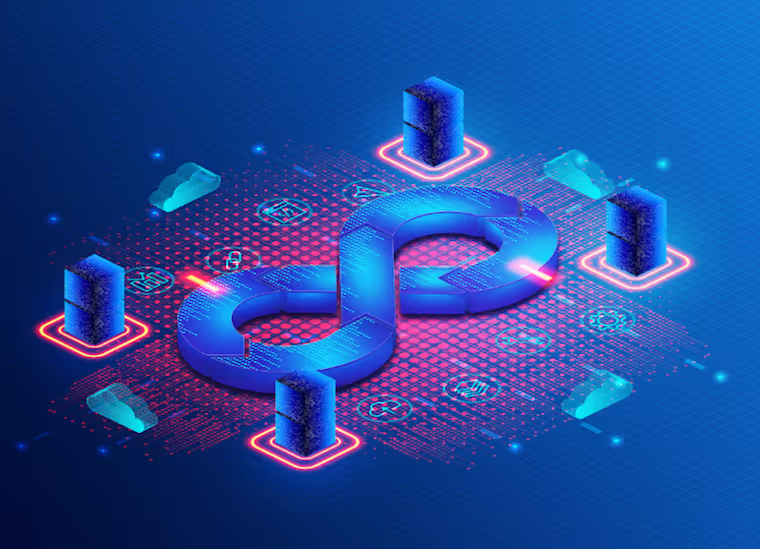


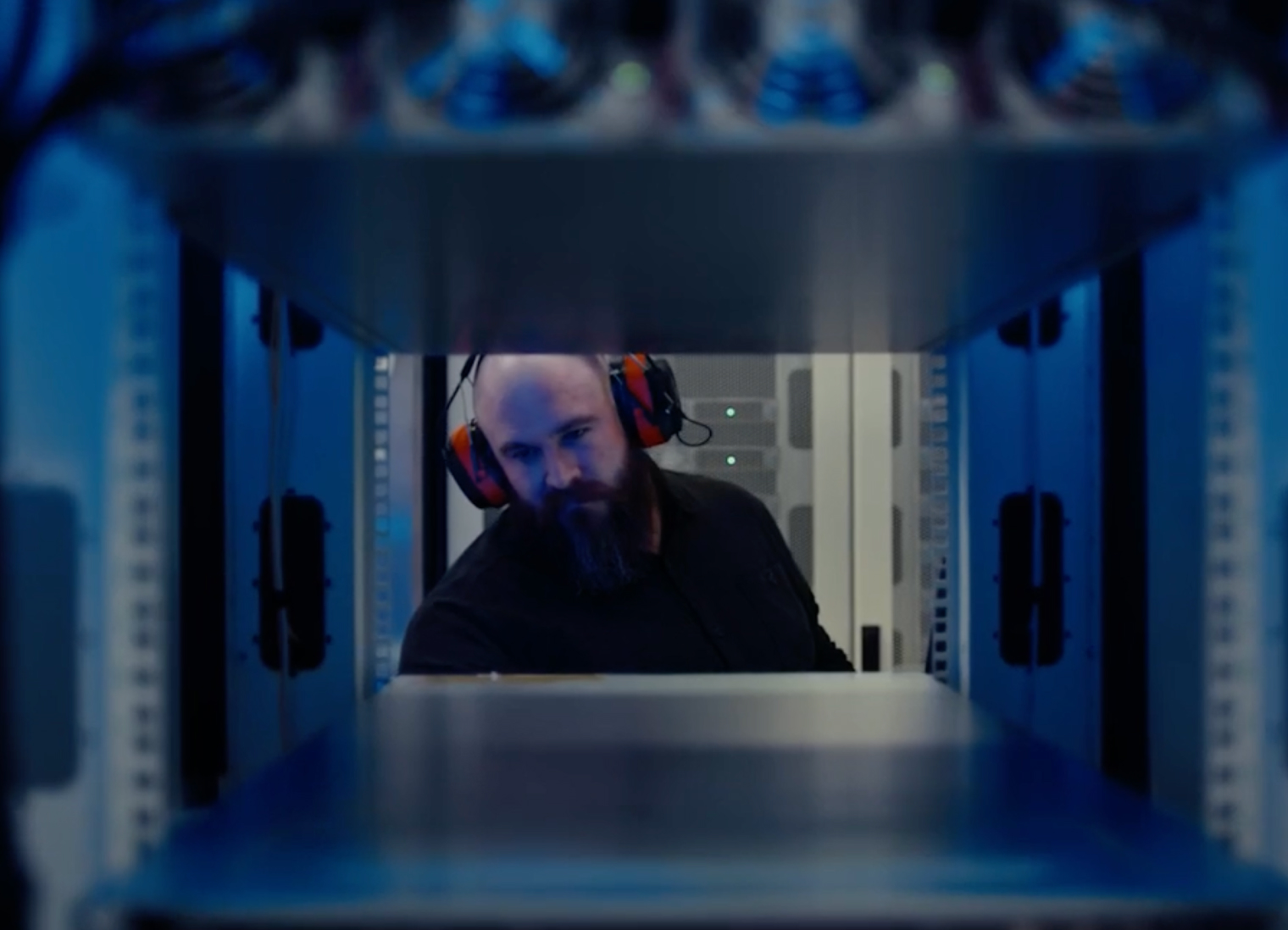
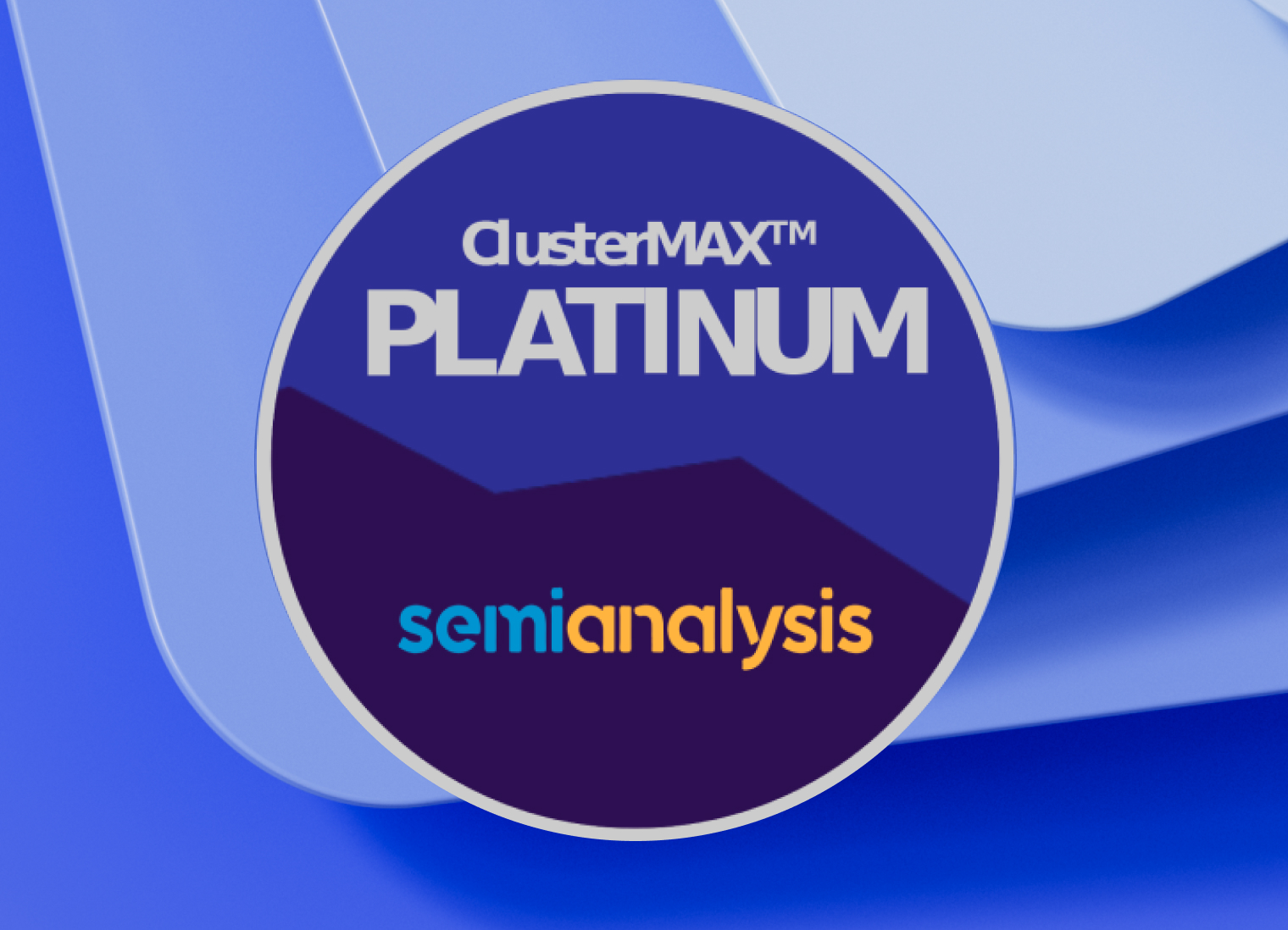


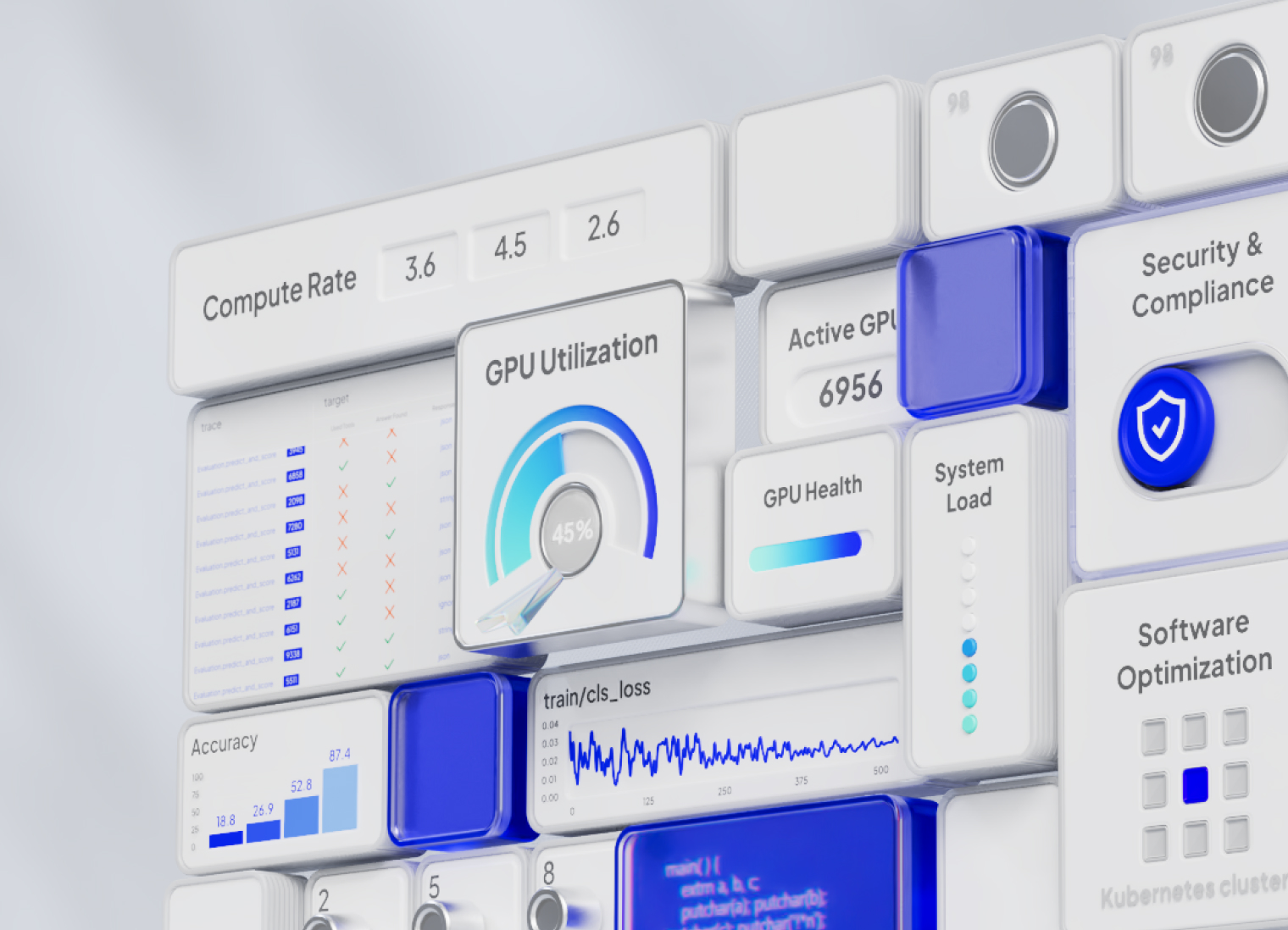

.jpg)
.jpg)
